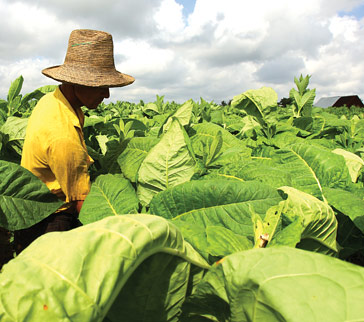Malawi’s Farm Input Subsidy program, touted for improving food security for the past six years, has been allocated a whopping K40.6 billion in the 2012/13 budget which represents about 60 percent of the Ministry of Agriculture allocation.
“The major allocation is for the Farm Inputs Subsidy Program (FISP) which has been allocated a total of K40.6 billion for the purchase of 150,000 metric tonnes of fertilizers comprising 75,000 metric tonnes of Urea and 75,000 metric tonnes of NPK fertilizers which will be distributed to 1.5 million farm families at a price of K500 per bag,” said Lipenga when he presented the financial plan on Friday.
The ministry of Agriculture itself has been allocated a total of K68 billion.
“This represents a doubling of resources and has been done in recognition of the central role that the Agriculture sector plays in the economy,” said Lipenga.
The minister said the allocation for the Agriculture Sector also includes K1.3 billion for the purchase of maize from farmers for the Strategic Grain Reserve.
The other two initiatives that have been allocated resources within the agriculture sector recurrent expenditures are the Presidential Initiative on Livestock Development and the Promotion of Special Crops for the export market with a sum of K900 million for the promotion of production.
Under the Special Crops Initiative, K1.5 billion has been provided for the promotion of special crops such as Soya Beans, Pigeon Peas, Sugar Beans, Groundnuts and Rice.
The Agriculture Sector Wide Approach has been allocated K7 billion mainly from the World Bank while district councils have been allocated K517 million for running agriculture sector activities across the Country.
The Green Belt Irrigation Initiative has been allocated K1.0 billion to scale up irrigation initiatives across the Country.
“Construction of Multipurpose Dams has been allocated K500 million while the Malawi Irrigation Development Programme has been allocated K200 million,” said Lipenga as he presented the K406 billion financial plan dubbed as recovery budget.




